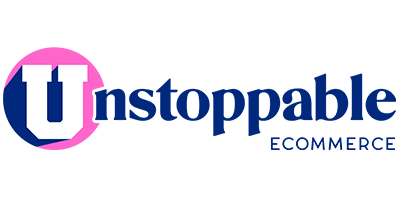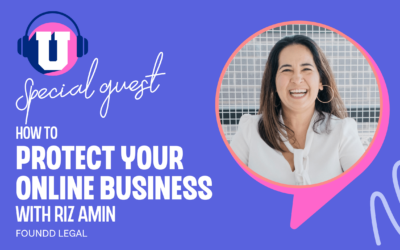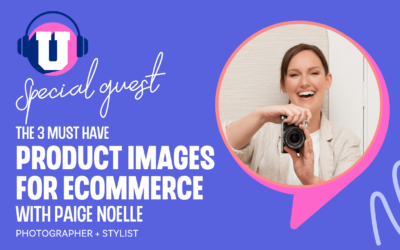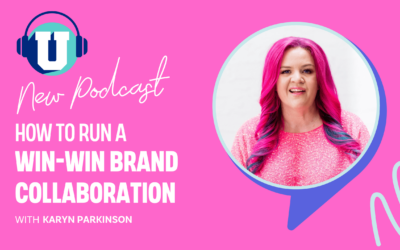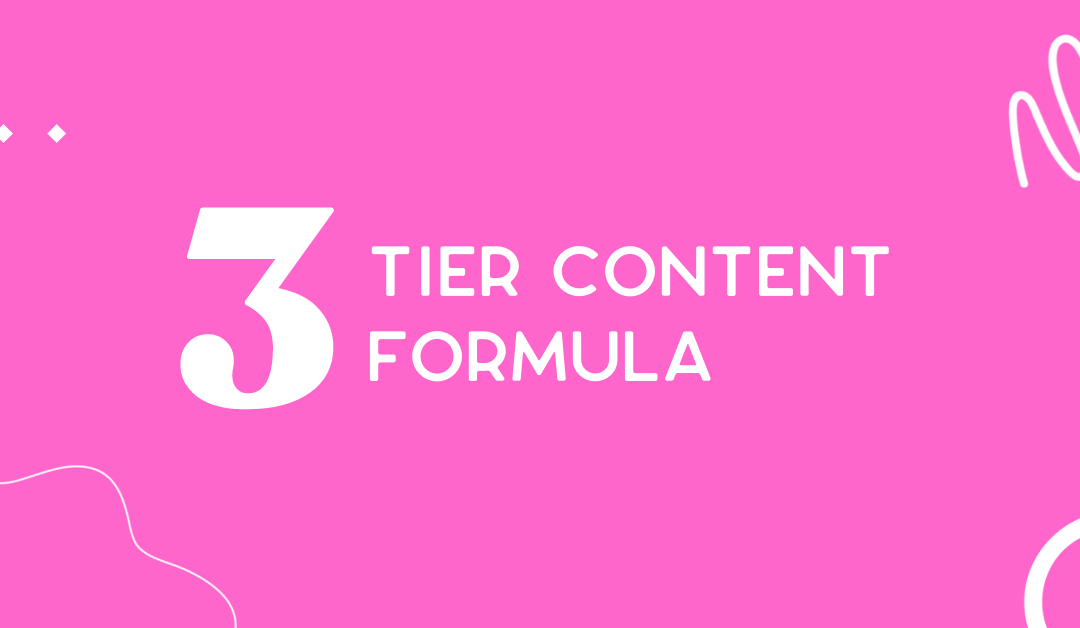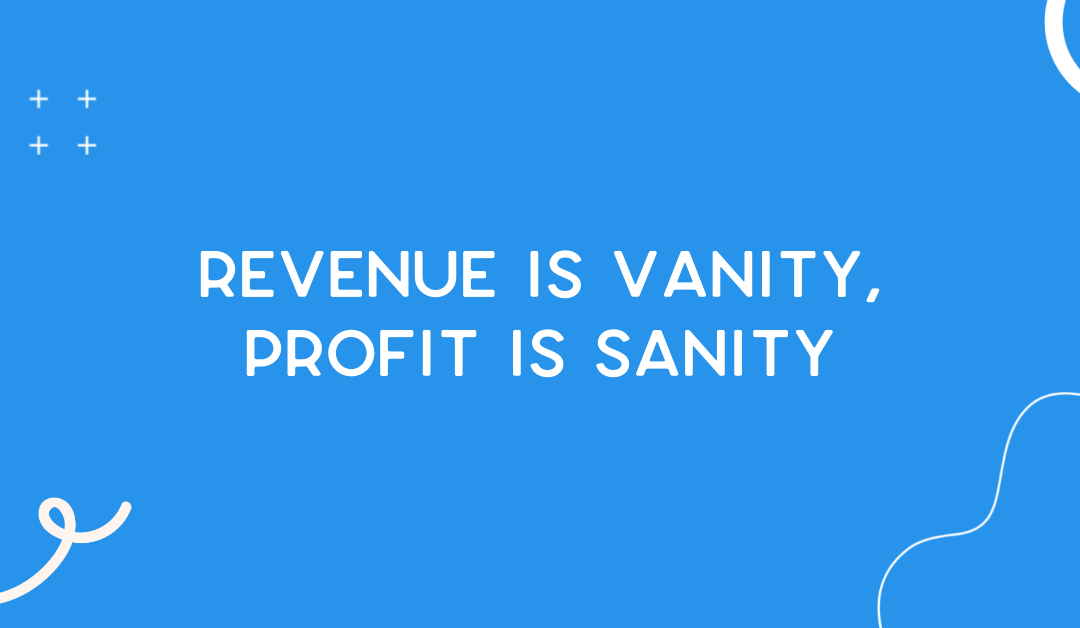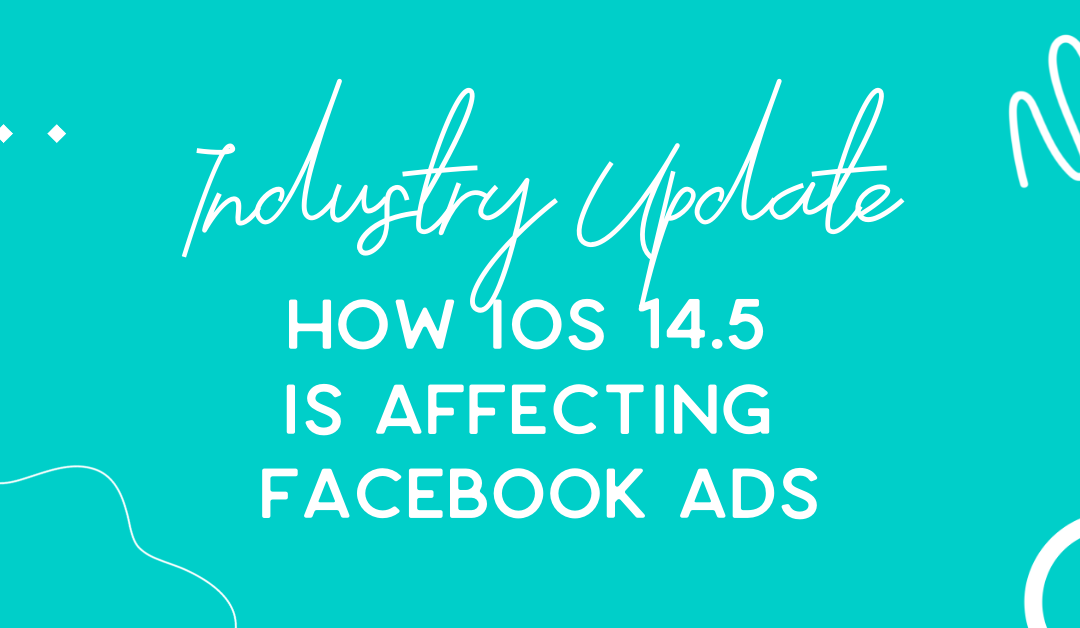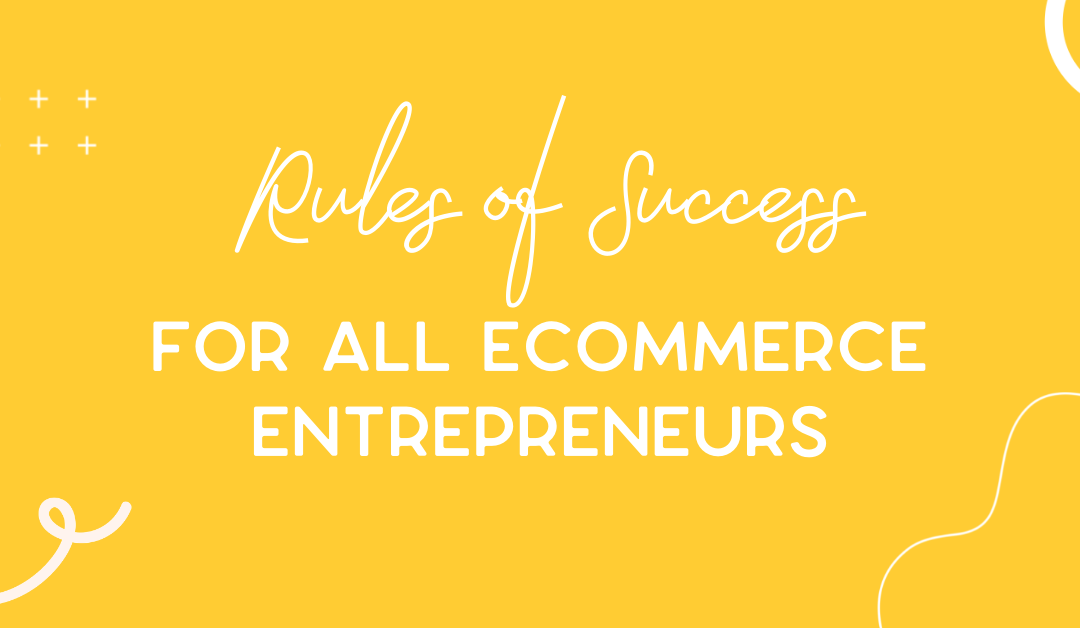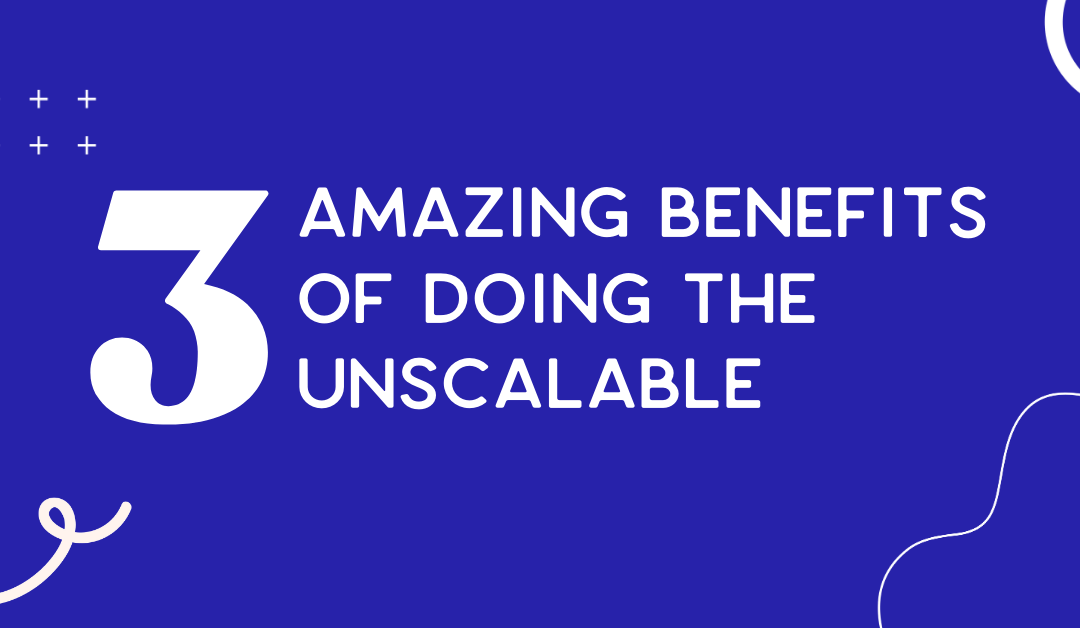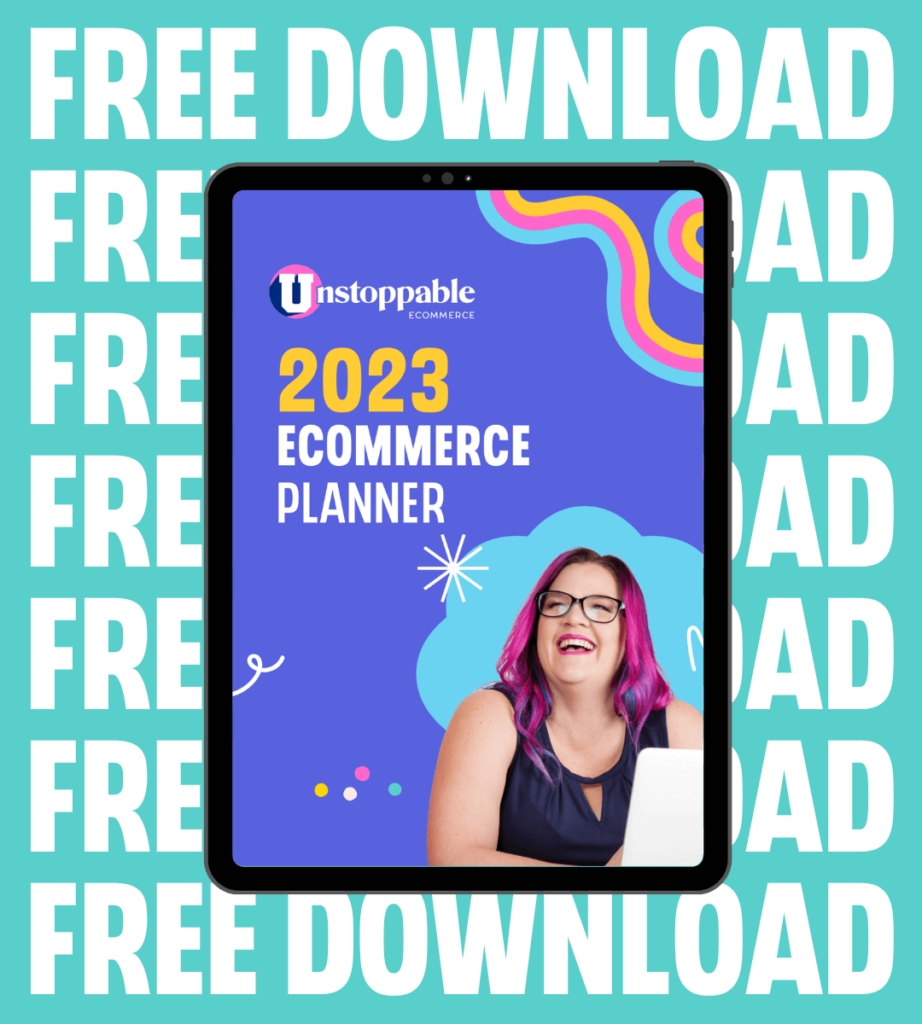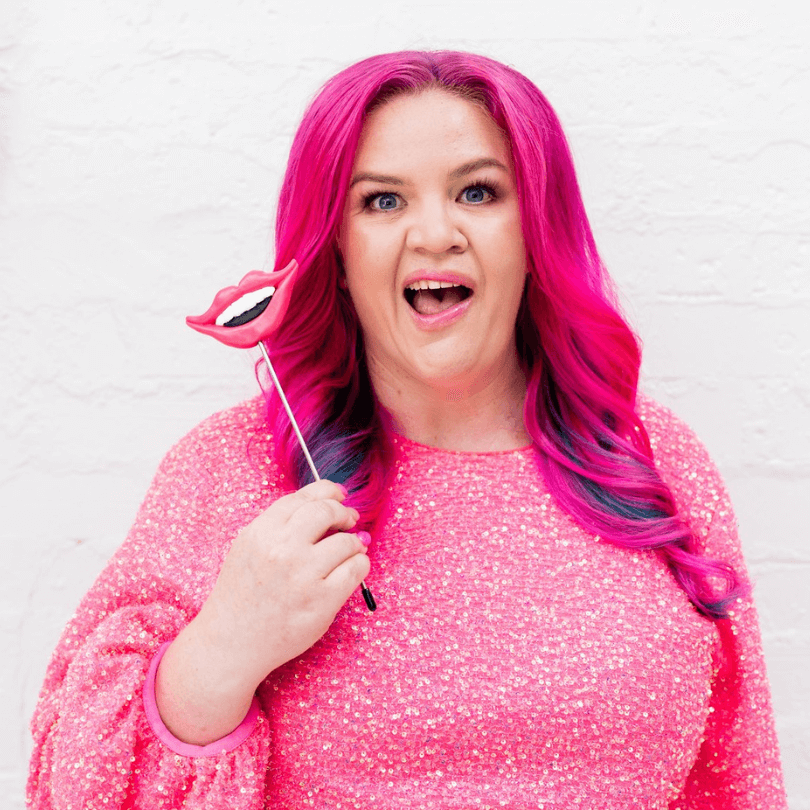Today I’m joined by Riz Amin of Foundd Legal to help demystify some of the legal obligations of the online business world. This episode will help you understand exactly what you need to have in place to dot your Is and cross your Ts.
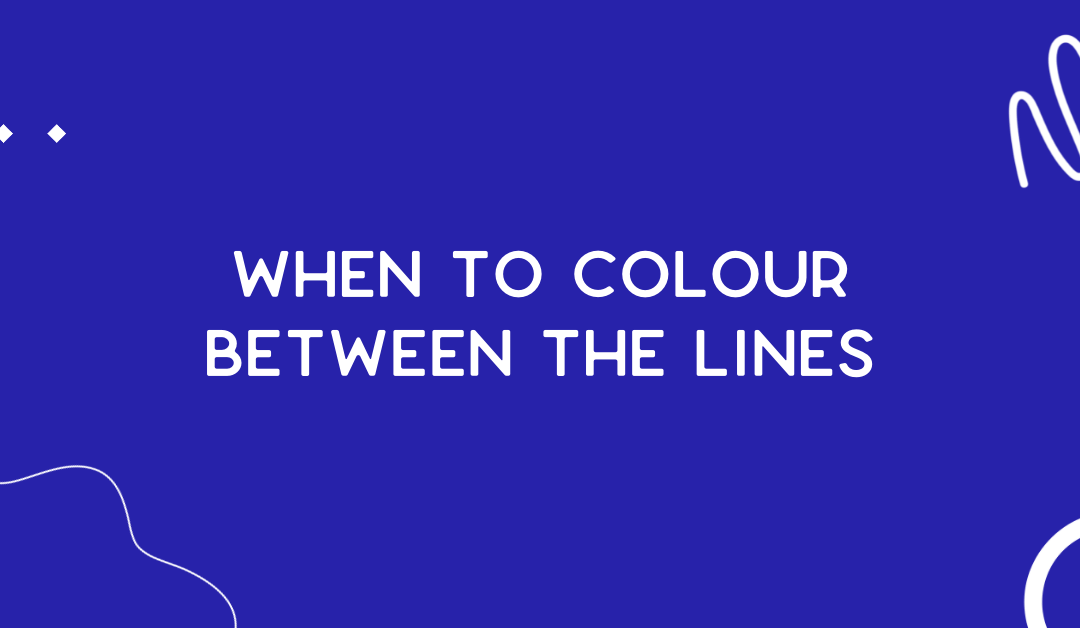
When to colour between the lines
Your website conversion rate is so important, it’s one of the biggest factors when it comes to your eCommerce store being successful or not. We talk a lot about how to be creative and even how to ditch the default to add your own brand and voice to your website. Sometimes, however, it is important to colour between the lines and use the stock standard layouts.
People are creatures of habit, we learn how to use something and then we do it without even thinking about it. When we jump into our Facebook app we know where to scroll the Newsfeed and where to find our profile, but when Facebook makes a change and we can’t find what is normally there we get frustrated.
The same goes for using online stores. We know when we jump on a website certain things will be there and we rely on those things being in the same old boring place so that we can easily navigate the website and find everything we are looking for, without getting frustrated.
Let’s take a look at the typical layout your eCommerce store should follow:
Menu
Your menu should be at the top of your website on a computer, and in a hamburger drop down menu on a phone.

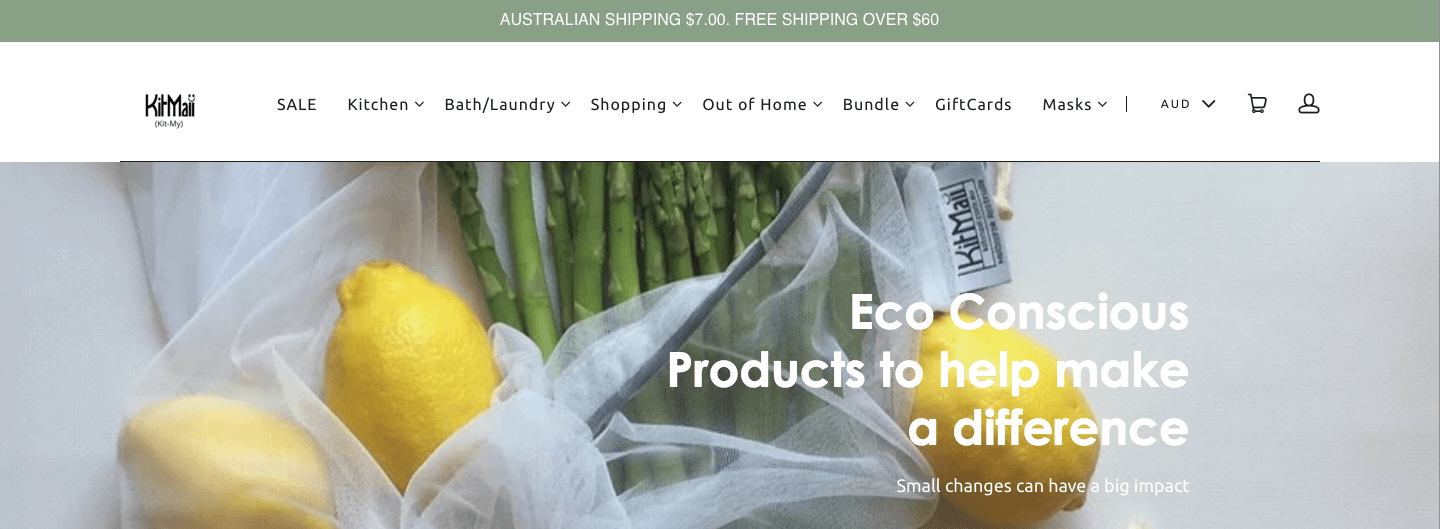
Avoid hidden menus or menus on the side – if someone has to search for it you’re making it harder for them to give you money.
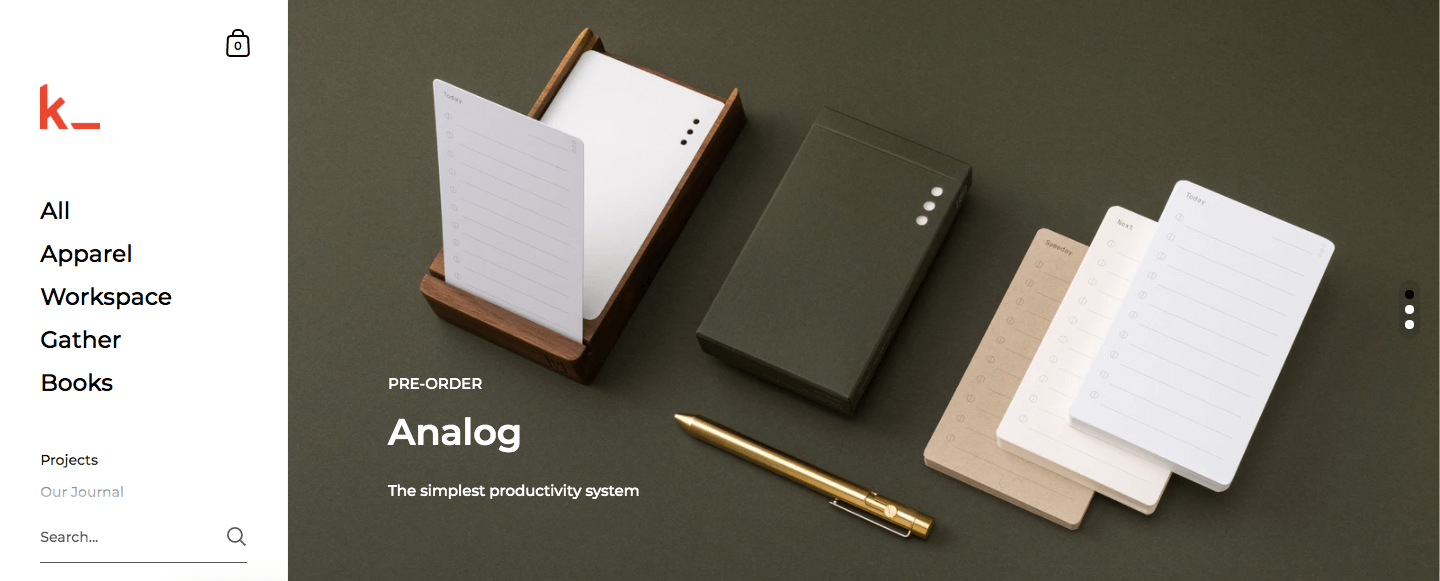
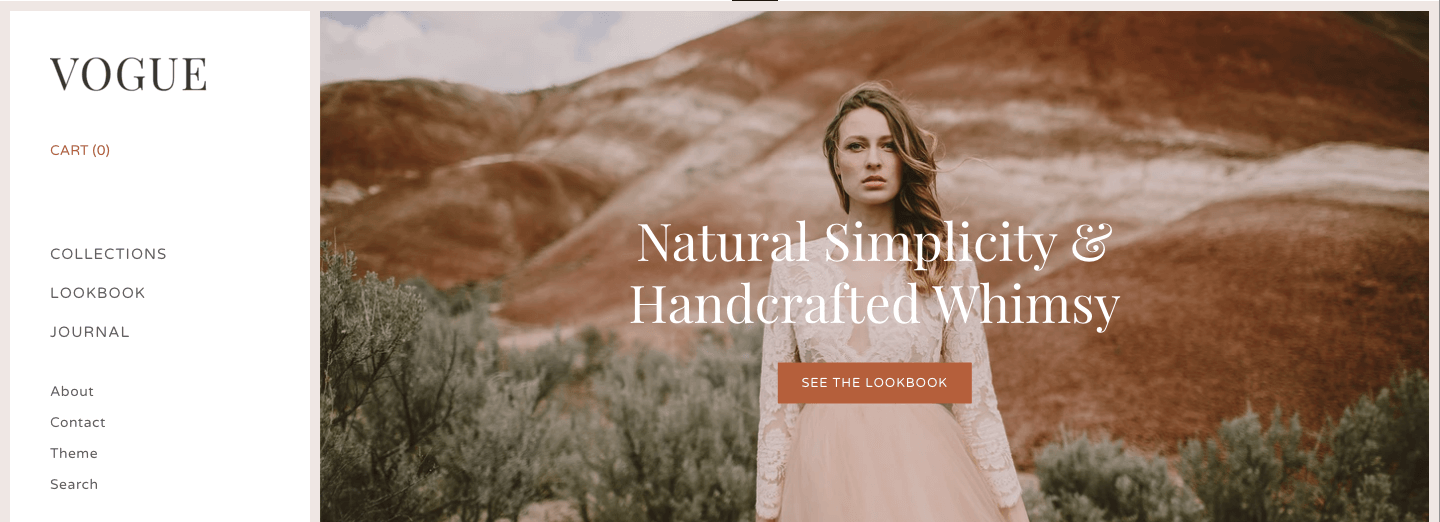
Product Page Layout
When it comes to your product page there are several must haves:
- Product name
- Images
- Price
- Description
- Options – size, colour etc
- Add to cart button
Layout and design vary greatly by theme, however, images on the left and product name, description, options, price and add to cart button on the right is the standard layout. When you switch it up it just feels wrong to the user, even if they can’t figure out why.
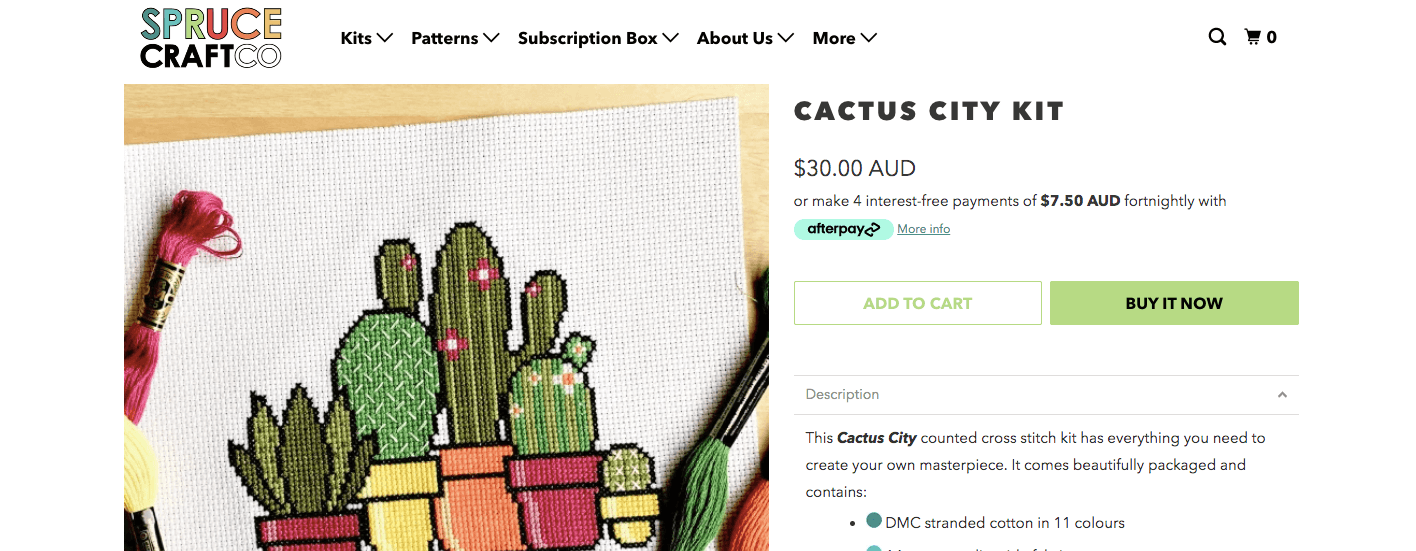
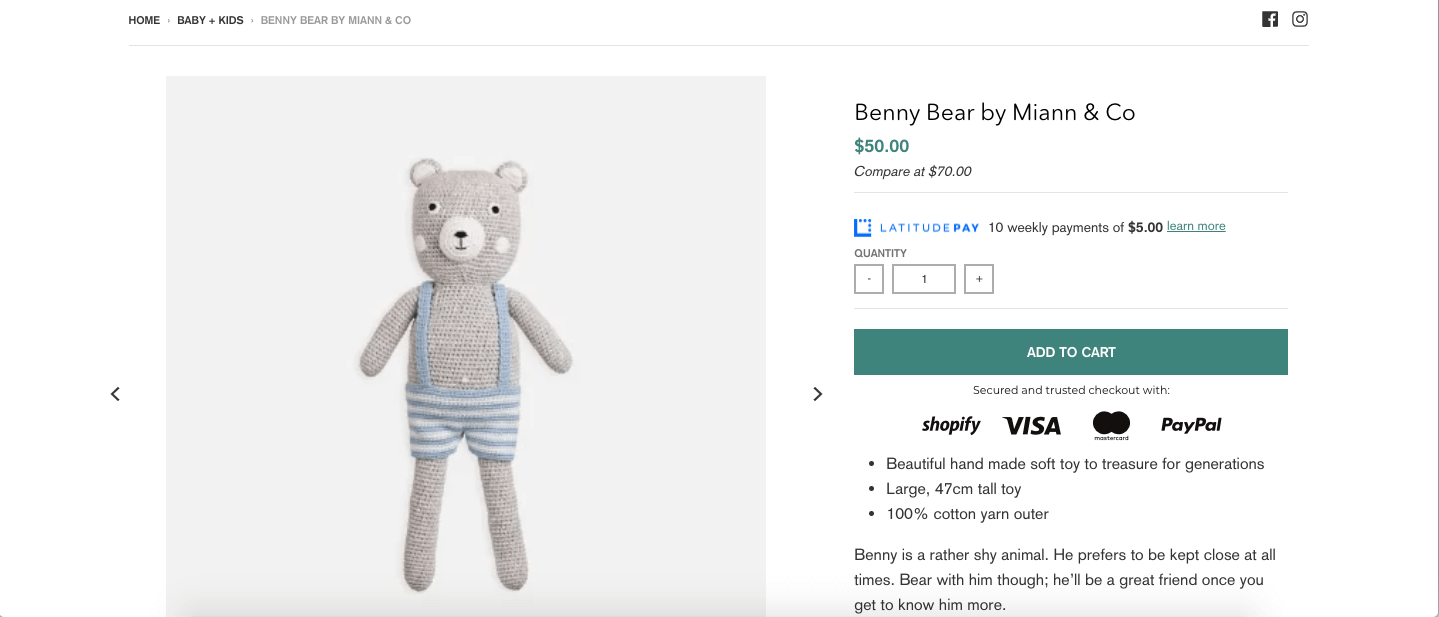
This website features large images, but it takes a while to register the product details are on the left.
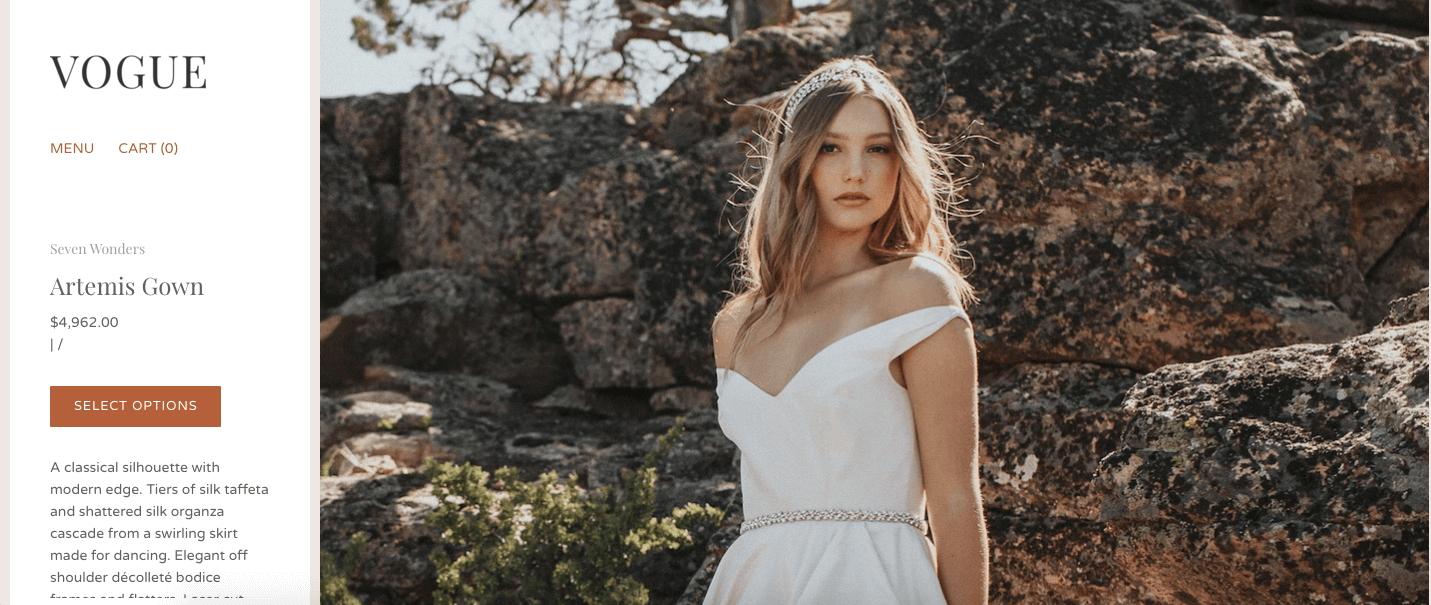
Category Page
A category page showcases products, all belonging to the same product category such as dresses, tops or bottoms. Just like in a brick and mortar store when things are displayed nice and neat it gives the impression of quality and care.
When things are mismatched it can create a messy look and give the wrong impression about your products.
Keep your product feature images all the same size on the category pages and, where possible, keep your background consistent.
This site creates a clean, fresh look with white backgrounds.
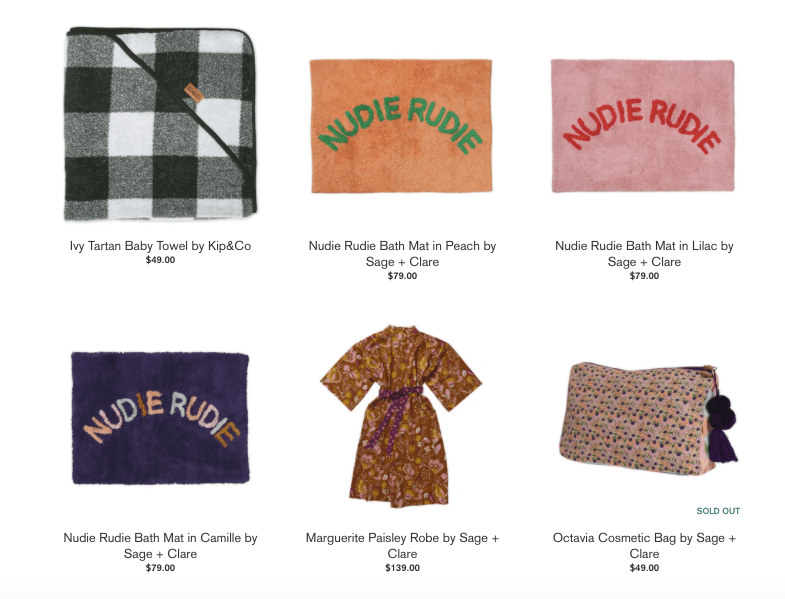
The two images on the far left look mismatched as they are different sizes to the others. The darker background also looks like it doesn’t belong.
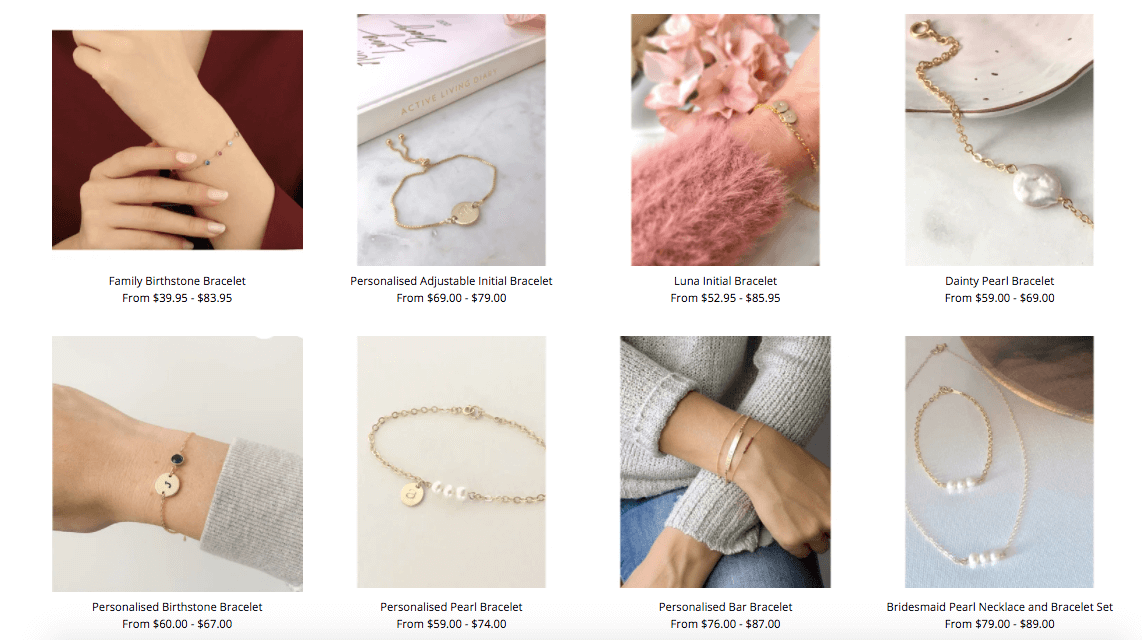
For people (like me) who like things symmetrical, these different size images just don’t look right!
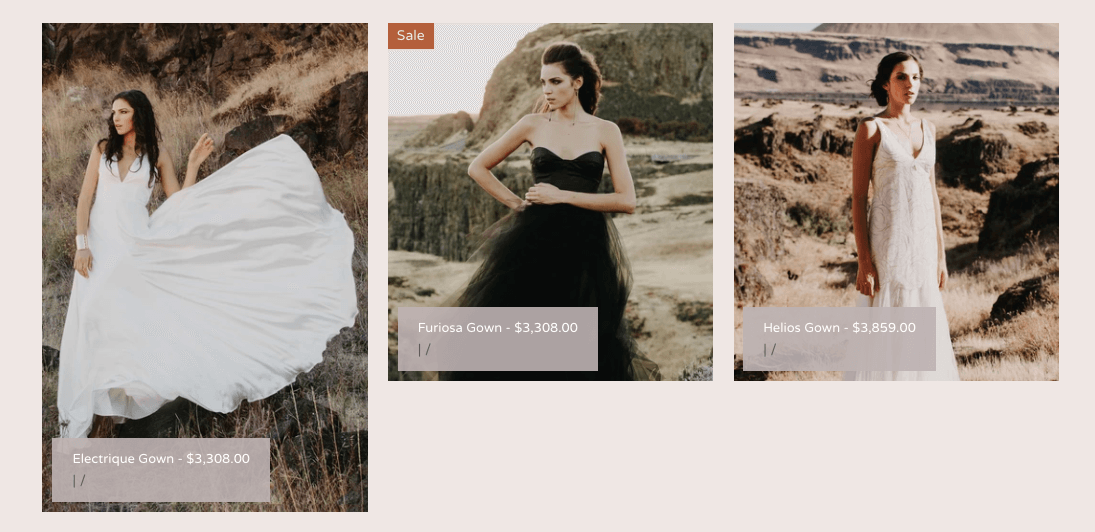
Oh sh*t this page doesn’t exist!
Our tech may have blundered but to be honest, it’s likely a human error (yep, my company is run by humans).
You may be able to find what you’re looking for with the links below.
Or send me an email and a real person will get back to you.
Karyn x

Ep. 105 – How to protect your online business with Riz Amin, Foundd Legal
Ep. 104 – 3 must have product images for eCommerce
In this episode Paige shares the 3 types of photos you need for your eCommerce business to create an emotional connection from your audience, gain trust and ultimately answer all their questions so they feel confident purchasing from you.
Ep. 103 – How to run a win-win brand collaboration
Running a collaboration with another eCommerce brand can be a great way to increase your reach and build trust and credibility within your industry.
